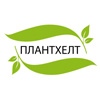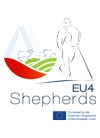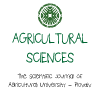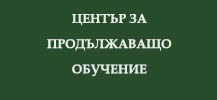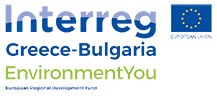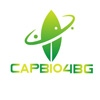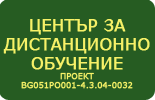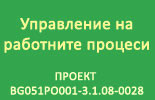Public economics
|
Course title: |
Public economics |
|
|
Course code: |
IFPEC |
|
|
ECTS: |
3 |
|
|
In-class hours |
Lectures: |
30 |
|
Laboratory work/Tutorials: |
15 |
|
|
Self-preparation hours |
Practical training: |
20 |
|
Other: |
10 |
|
|
Total hours: |
75 |
|
|
Language: |
English |
|
|
Study cycle: |
BSc, Master |
|
|
Semester: |
Winter, summer |
|
|
Faculty: |
Faculty of Economics |
|
|
Name of the lecturer(s): |
Prof. Ivan Penov, PhD |
|
|
Mode of delivery: |
Face-to-face, distance learning |
|
|
Prerequisites: |
Microeconomics or Agricultural Economics |
|
|
Learning outcomes of the course unit: |
The course of Public Economics provides the students with knowledge about how government and other public institutions work. It also provides links between the public policies, EU funds, and operational programs. In the first part, the economic basis for government intervention is discussed and the tools for the economic analysis are introduced. In the second part, the public and private goods are defined and compared in terms of their properties and how demand and supply interact. The effects of externalities are analyzed and implications for the government policy are discussed. The third part is devoted to public choice, the political process, and government revenues and expenditures. The effect of the taxes, the subsidies on market equilibrium is analyzed. A topic about the role of bureaucracy in the process of policy development and implementation is also included in this part. At the end of the course the students are expected to understand the public policy process and to be able to analyze the impact of different policy instruments. |
|
|
Course contents: |
LECTURES 1. The Economic basis for government activity. Individuals and government. Efficiency and markets. Private goods; Public goods, Common pool resources. Externalities. Public choice and political process. 2. Concepts, Terminology and Tools for analysis. Private and Social marginal cost. Consumer and producer surplus. Income and substitution effects. Deadweight loss and Excess burden. Transaction costs. 3. Public and private goods. Private goods- definition, characteristics, demand and supply. Public goods-definition, characteristics, demand and supply. Public goods- compulsory financing and group delivery. 4. Externalities. Positive and negative externalities. Internalization of the externalities. Definition of property rights. Quotas and standards. 5. Public choice, political process, and bureaucracy. Public and private choice. Political process and public choice. Project appraisal for public projects. Bureaucracy and implementation of the public choice. 6. Financing the government expenditure. The theory of income taxation. Taxation of corporative income. Taxation of consumption and sales. Taxes on wealth and property. Loans. State enterprises. 7. Impact of state intervention in agriculture. Market prices distortion. Industry structure distortion. Development of rural regions. 8. EU programs and policy.Pre-accession policy. Operational programs. Measure. 9. Role of the NGO sector.
TUTORIALS 1. Concepts, Terminology and Tools for analysis 2. Public and private goods 3. Externalities 4. Public choice, political process, and bureaucracy 5. Financing the government expenditure 6. Impact of state intervention in agriculture |
|
|
Recommended or required reading: |
Hyman, D. 1993. Public Finance. The Dryden Press Myles, G. 2001. Public Economics. |
|
|
Planned learning activities and teaching methods: |
The main part of the material in Public Economics is taught lectures. During the tutorials, the students solve cases related to the lectures’ material. To illustrate the process of decision making a "game" approach will be used, where the students are given certain roles and are required to decide on the allocation of resources. |
|
|
Assessment methods and criteria: |
Participation in class discussions-20% Interim exams- 30% Final written exam- 50% |
|
 - Събития по случай 80-я юбилей на АУ
- Събития по случай 80-я юбилей на АУ
